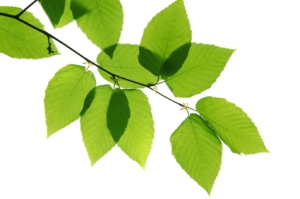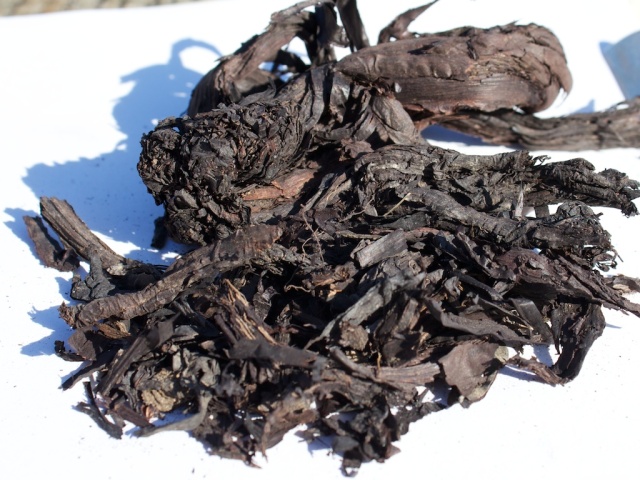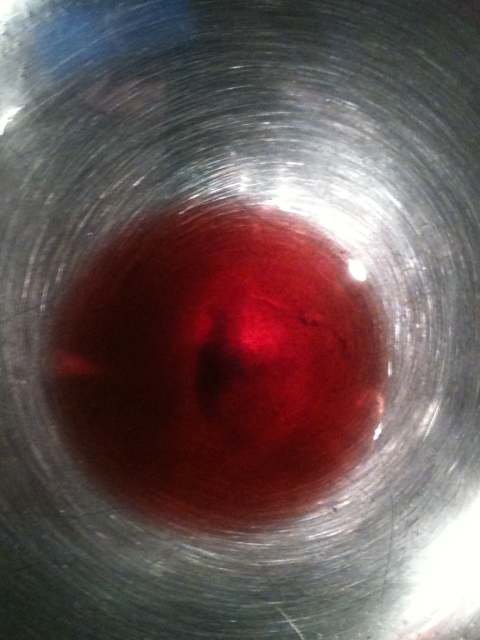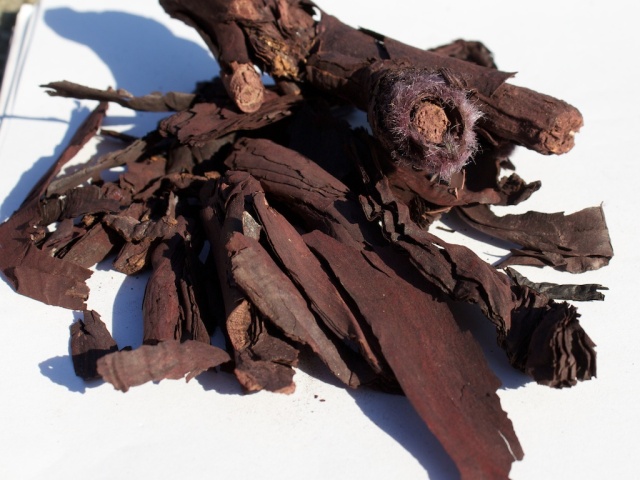 This is an important point. Herbal medicines, no matter how expensive they are, or who they have been prescribed from, are probably useless unless they are of good quality and, of course, the correct species – thus representing that fine line between success and failure. In this article I share a bit of my own personal exploration in running a herbal pharmacy, and the responsibilities that come along with it.
This is an important point. Herbal medicines, no matter how expensive they are, or who they have been prescribed from, are probably useless unless they are of good quality and, of course, the correct species – thus representing that fine line between success and failure. In this article I share a bit of my own personal exploration in running a herbal pharmacy, and the responsibilities that come along with it.
Herbs can be a powerful tool for healing, and are used as such by doctors all around the world right in hospital settings, but their ability to evoke positive change is greatly influenced by their quality – i.e. freshness, harvest time, how they were dried, how they were stored, pesticide use, and correct species. Learning about the quality of a herb is as much important as it is to learn how to prescribe it properly. Unfortunately most doctors of Chinese medicine do not learn very much about this in college, mostly because there is only so much time one can study in school and the amount of knowledge needed to practice medicine is already quite large! Learning how to source out good quality herbs has been a big journey for me, and will be one that will probably last my entire career.
My mentor, Mazin Al-Khafaji, takes the issue of herb quality quite seriously, having helped his in-clinic pharmacist to attain a masters degree in the very topic of herb identification and quality. Upon my last visit Mazin had just received about 8 tonnes of herbal medicines and so him and his pharmacist were going through all the samples to ensure that they were good. Mold was found on one of the herbs, fang feng, and so they made the decision to throw all 200 pounds of it out. Mazin only wants quality herbs in his clinic and so there is no room for mold! I have learned a lot from Mazin’s example.
A few years ago I started making creams and ointments for my patients, one of which was the very old traditional recipe called Run Ji Gao (Moisten the flesh ointment). One of the prized herbal ingredients in it is Zi Cao (Arnebiae Radix), which literally translates as ‘purple grass’. I thus started ordering in several pounds of Zi Cao, which I then fried in sesame oil for the creation of the ointment. The finished product looked quite nice, being a very creamy white colour. I felt happy with it … until I told my mentor Mazin about the ointment. He said to me that Run Ji Gao is supposed to be purple, a reflection of Zi Cao’s purple pigment dying the sesame oil. Mazin informed me that I had probably received the ‘fake’ Zi Cao, which is actually a form of potentilla called wei ling cai. While it has some similar healing properties to the ‘real’ Zi Cao (Arnebiae Radix), its ability to heal inflamed skin is thought to be much inferior in action.
I thus went to the books to study and learn about how this could happen. Why did I end up with the wrong herb? Well it seems that there a several reasons for herbal ‘fakes’. One is for pure financial purposes, if someone can make good money off of an imitation fake herb, then they will try. The second reason, which is what happened to me with Zi Cao, is that herbs from different regions of China will share the same name even though they are totally different plants. Thus Zi Cao in the Hong Kong market, or the south of China, is often potentilla, whereas Zi Cao in Beijing, the north of China, is arnebiae. The materia medica, or herb encyclopaedia used in Chinese medicine, comes from the north, so all the plants that I use are based on northern standards of labelling. I later learned that when ordering Zi Cao from that particular supplier (who is based in Hong Kong) I need to ask for Hong Zi Cao, or ‘red purple grass’, if I wanted the arnebiae version.
So then I started ordering in the ‘real’ Zi Cao and was amazed at the beautiful colour it turned the sesame oil (see picture below). I was very happy indeed. The ointments made from this oil have served my patients very well, with most everyone being happy with the results they experience.
Now that I had figured out the correct species to use in my clinic, I was then confronted with another issue – herb quality. From time to time I started receiving Zi Cao that smelt somewhat mildewy and looked rather depleted and old (Picture below). This obviously made me somewhat upset, as I knew that good results with herbal medicines are related very much so to good quality. So I then realized that I couldn’t always count on that certain supplier to get me good quality herbs. I thus started using other suppliers, including Spring wind herbs out of California. The quality that I now order in is indeed very high. The herbs consistently smell and look good, with even my wife noticing the differences between the two.
Poor quality Zi Cao which was old, depleted and smelt of mildew!
 Good quality Zi Cao (from Spring wind herbs) that is vibrant and fresh looking (and does not in any way smell mildewy!)
Good quality Zi Cao (from Spring wind herbs) that is vibrant and fresh looking (and does not in any way smell mildewy!)
In 1757, the famously outspoken Chinese medicine physician, Xu Da Chung, advocated for physicians to prepare herbal medicines themselves for several reasons:
- To ensure good quality
- To ensure the proper medicine, i.e. correct species, is used
- To avoid adulteration and contamination
- To keep stock of rare medicines used for particular specialties, like dermatology
As one can see from my own journey in wanting the best herbs for my patients, this advice holds true today as much as it did 250 years ago! Ensuring patients receive the proper herb species, that is of good quality, is an important responsibility of any physician prescribing herbal medicines.
Wishing the best of health,
Dr. Trevor Erikson


